This article on whether Cluj-Napoca is worth visiting contains affiliate links.
I’ll admit: when we first planned our road trip through Transylvania, Cluj-Napoca wasn’t high on our must-see list.
In fact, it ended up as our final stop purely out of convenience. Given that Cluj-Napoca had regular flights back to Bucharest and the UK, it just seemed the most efficient way travel, rather than driving back to Brasov or even Bucharest.
Eventually, and after 6 days of driving through the gorgeous Transylvanian countryside, we arrived to find Cluj-Napoca was a vibrant and youthful city, with a great cafe culture, lots of history and a creative energy. It had a completely different vibe to the fairy-tale towns of Transylvania and was a bit like Romania’s answer to Norwich or Lincoln.
That said, compared to the rest of Transylvania, I have to say I found Cluj a little more, well – disappointing. Lack lustre, even.
It’s a big city, with all the bustle and modern infrastructure you’d expect – and therefore a touch impersonal in places. While it definitely has pockets of charm, it didn’t quite offer the same storybook atmosphere as places like Brasov or Sighisoara.
Of course, perhaps we’d just been spoilt by the rest of Transylvania – so poor Cluj-Napoca didn’t stand a chance. However, when it comes to whether Cluj-Napoca is worth visiting, I’d say that while I found it interesting, it wasn’t necessarily enchanting. I’m glad that we experienced it, but it wasn’t exactly the highlight of our Romania road trip.
Below is a fuller list of what I really enjoyed about Cluj and what I (unfortunately) found less appealing.
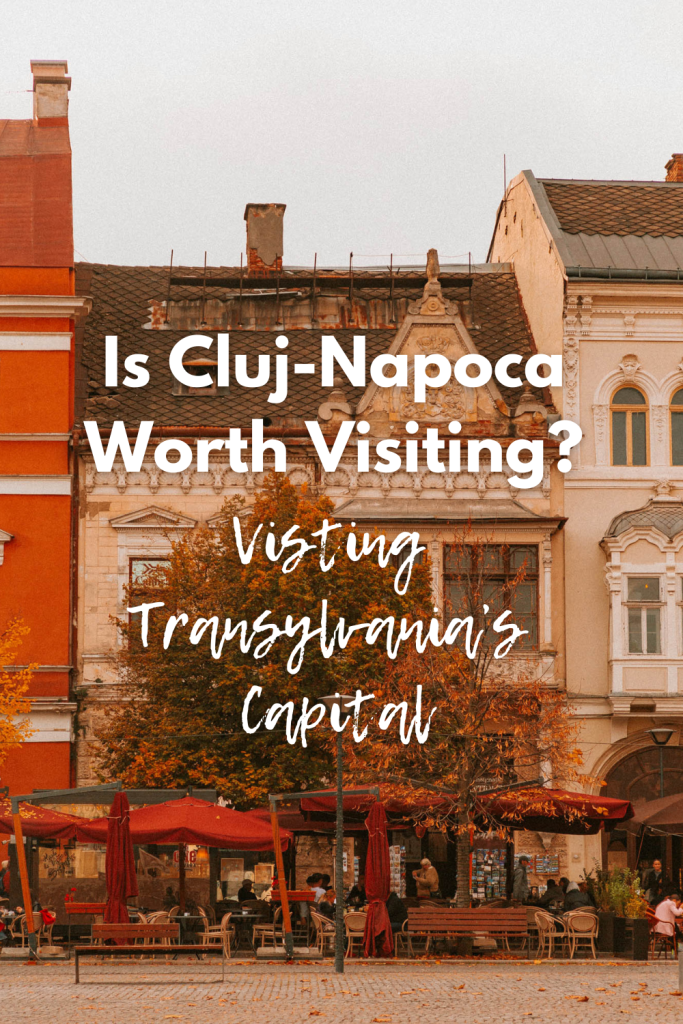
Best Places to Stay in Cluj-Napoca, Romania
If you do decide to commit to a short break in Cluj-Napoca, you might be wondering where’s best to stay. Below are our top recommendations for the best places to stay in Cluj, Romania.
Best Budget Hotel in Cluj-Napoca
When we visited the city, we decided to keep to a budget and find a comfy, yet reasonably-priced hotel. We ended up staying at Grand Hotel Napoca, which cost us around £70 per night.
It’s a business hotel, so pretty boring inside – but it was clean, comfortable and had super fast internet.
Best Luxury Hotel in Cluj-Napoca
If you’re visiting Cluj-Napoca as a couple and are looking for somewhere a little more fancier to stay, try the Grand Hotel Italia for a bit of old-school luxe. Granted, the interior does look a little dated in places, but the reviews are glowing and it’s a little slice of Transylvanian hospitality.
Prices start at a very reasonable £118 for a double room, including breakfast.
Best Spa Hotel in Cluj-Napoca
If you’re hoping for a spa experience while in Cluj-Napoca, take a look at the Elaina Resort & Spa hotel.
Located in the countryside, just 6km from the city, this 5* hotel in Cluj-Napoca offers a fantastic spa and dining experience, including an indoor swimming pool, an opulent interior, and large and bright rooms.
Double rooms begin at £90, excluding breakfast.
Best Airbnb in Cluj-Napoca
If you’re looking for the best self-catering accommodation in Cluj-Napoca, take a look at Albert’s Place . Located right in the heart of the city, prices begin at a bargain £51 per night, which is amazing.
Best Hostel in Cluj-Napoca
The number of hostels in Cluj are slowly increasing – and one very popular spot is the Zen Hostel. Over time, it’s become a cool, creative space, where visitors hang out, and locals run events and DJ nights (it includes a kitchen and bar).
Beds begin at just £11 per night.
Is Cluj-Napoca Worth Visiting? What I Liked About this City
1. Cluj-Napoca’s Amazing History
If there’s one thing I learnt during our holiday to Transylvania, it’s that this is a region with some jaw-dropping history.
Cluj-Napoca is no different.
Known simply as ‘Cluj’ to locals, the city began life nearly 2,000 years ago as a Roman settlement, called – simply – ‘Napoca’. In the 1970s, Nicolae Ceausescu actually decided to add this ‘Napoca’ bit back in, to emphasise its Roman roots.
In the Middle Ages (around the 13th century), the city grew further thanks to Saxon settlers and it later became an important centre for Hungarian nobility (you’ll see the remnants of their time here, thanks to the city’s beautiful Gothic churches, fortified walls and elegant squares).
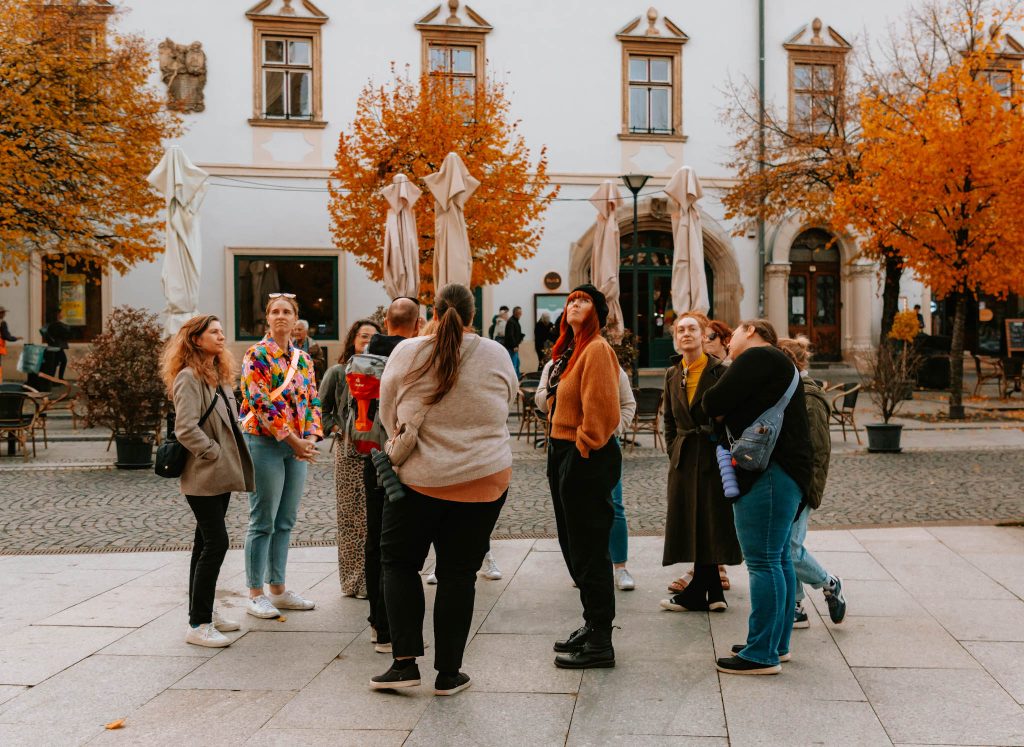
During the Austro-Hungarian Empire, Cluj also became an important cultural and academic hub; a reputation it still carries today. Indeed, it’s now home to Romania’s largest university – Babes-Bolyai University – and has a student population of nearly 30,000.
During our own guided tour of Cluj-Napoca, we walked past constant hints of the city’s jigsaw of a past. For example, St. Michael’s Church towers over Union Square with its Gothic spire, while baroque palaces and 19th-century townhouses are a regular reminder of the city’s Habsburg past.
It’s clear that this is a city that has welcomed disparate populations; a place where Romanians, Hungarians, Saxons, Jews and Roma people have lived side by side for centuries.
Cluj’s history also shows up in quirky little spots – like the city’s first pharmacy. Having first opened in the 16th century, today it survives as a funny little museum in Union Square – complete with medieval jars, scales and old remedies (well-worth a visit).
On top of this tapestry of history, Cluj has now reinvented itself as a youthful and creative capital – with plenty of street art, music festivals and a vibrant cafe culture.
If you do decide Cluj is worth visiting, definitely book a walking tour of Cluj-Napoca, to make sure you get the full lowdown on its impressive past.
2. Hidden Gems in Cluj-Napoca
Like so many cities in Romania, Cluj-Napoca has lots of hidden gems.
During our own two days in Cluj, we came across so many great little spots – some well known, others hiding down medieval alleyways, hidden behind glowing festoon lights and piles of fallen leaves.

Some of our favourite hidden gems in Cluj-Napoca included:
Central Park Casino: a beautifully restored 19th-century building in the middle of the city’s Central Park. This is not a casino in the gambling sort, but a very handsome, historic building. Definitely visit at sunset, when the light reflects off the lake and the park is bathed in golden hues.
Pharmaceutical Museum: as mentioned above, this unusual museum is definitely a top thing to do in Cluj-Napoca. Step back in time at the city’s first pharmacy (opened in the 16th century) with shelves full of old jars, scales and quirky remedies. The place is tiny, but really fascinating.
Cetatuia Hill: one of the best things to do in Cluj-Napoca is to definitely climb the city’s Cetatuia Hill. Although a bit of a slog, it’s well worth it for panoramic views of the city. Again, come at sunset with a picnic (or bottle of beer) and watch as the sun sets over the cathedral and churches.
Natura Paper: a place unlike any other, Natura Paper is a great place to visit in Cluj-Napoca (in fact, I’d even go as far as to say it’s one of Cluj-Napoca’s best attractions).
In short, it’s a lovely workshop dedicated to the niche art of paper making. This super cosy spot is not just a shop, but also a living museum where traditional paper making techniques are kept alive and well. We were lucky enough to watch artisans craft paper by hand, using methods that date back centuries (it also smelt amazing!)
Charlie’s Pub: we spent a few hours in Charlie’s pub – and it was definitely one of our favourite bars in Cluj. It featured lots of different craft beers, some great pub grub (cheesy fries) and live music.
Strada Piezisa Courtyards: probably one of my favourite parts of Cluj were the courtyards found around Strada Piezisa. Here we found plenty of hidden alleys, leafy courtyards, tiny galleries and cafes strung with fairy lights.
Roata: this is the place to come in Cluj if you want to try some traditional Romanian fare. Come here to gorge on locally made cheese and polenta, all washed down with some homemade wine.
3. Scholarly Vibes
Call me a nerd, but I absolutely love university cities.
Having studied at Oxford, I adore visiting other university hotspots, just as the autumn leaves start to fall and a new academic year begins.
Babes-Bolyai University, Romania’s largest university, dominates the city not just physically but culturally – and gives Cluj a constant hum of academia. It’s buzzing with students rushing between lectures, the scent of roasted coffee beans and bikes weaving through the streets.
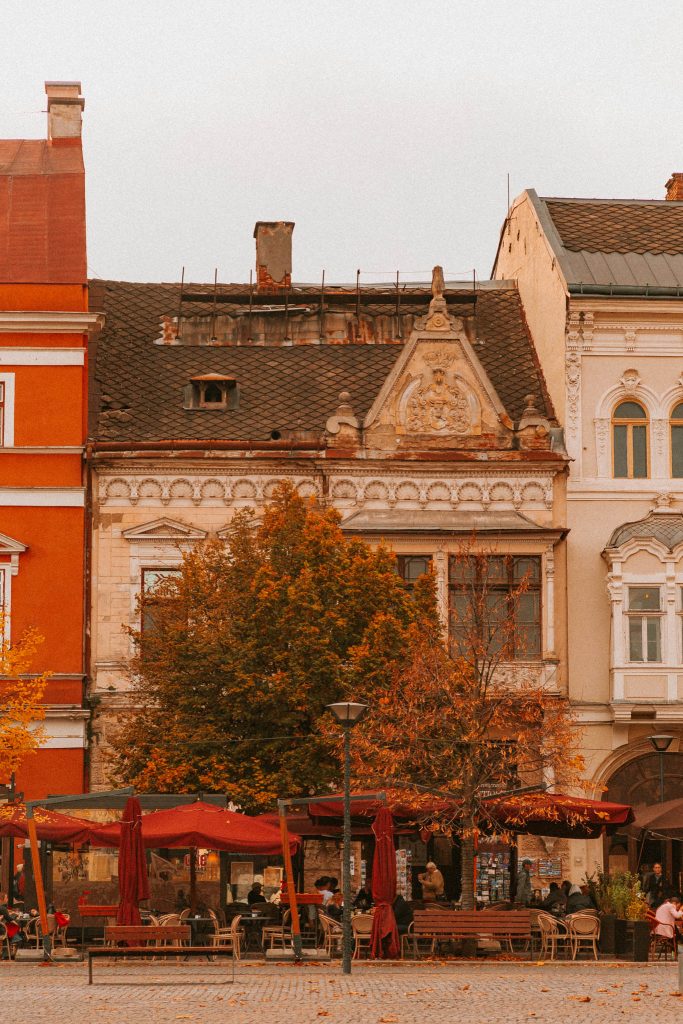
Casa TIFF is a small cafe, often filled with students discussing film, books and – probably – missed deadlines. Meron Tapoca is another cosy corner with coffee and study nooks, and has a great, creative atmosphere.
Come evening time, Joben Bistro (a steampunk themed bar) fills with students after classes, with craft beers, live music and quirky interiors.
The city also has plenty of little galleries and vintage bookshops, which lend themselves to this academic feel. Dr Antiques is definitely a place to stop by, and is known for its extensive collection of antique books and rare manuscripts.
Another place to visit is Bookstory, a really cosy bookshop featuring vintage books and vinyls. Lastly, Carturesti Casa Hintz, located in a stunning historic building, offers a curated selection of books, including vintage editions, all within a beautifully restored setting.
If you want to experience Cluj’s creative scene – definitely drop by the city’s much loved Paintbrush Factory (Fabrica de Pensule). This collaborative art space is filled with new artwork, from both local and international artists – and visitors can enjoy a free guided tour.
It’s around 3km outside of the city, but you can take a bus there.
4. Best Cafes in Cluj-Napoca
There’s nothing better than experiencing a new city via its many coffee shops and cosy cafes.
Cluj-Napoca has a buzzing cafe scene – in part thanks to its Austro-Hungarian heritage – and is filled with vintage tearooms, cool coffee hangouts and bookish cafes.
One of the best things to do in Cluj-Napoca is to therefore wander its cobbled streets, while ducking in and out of its many bohemian hangouts.
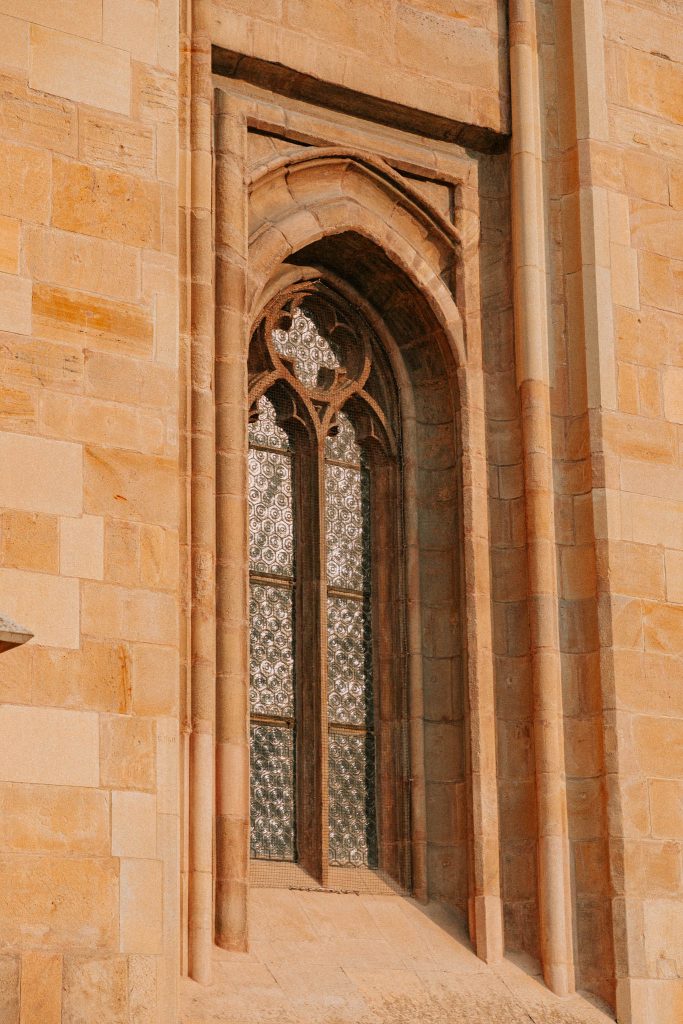
In terms of the best coffee shops and cafes in Cluj-Napoca, we loved:
Enigma Cafe: like its name suggests, this little cafe is tucked away in a secluded courtyard decorated with ivy and fairy lights.
Cofeels: our guide took us here during our walking tour of Cluj-Napoca and it was fantastic – very cosy and offering brilliant coffee (it’s also laptop friendly).
Koffer Cafe: the place to come if you know and love your coffee. It has a really cute and homely interior – complete with books to browse.
Hot Pipes Roastery: a specialty coffee shop offering some unique flavours (very cool and minimalist).
The Republic of Toast: an amazing place to come for brunch.
Sisters: if you like hipster style coffee houses, Sisters is definitely the place for you – it’s very popular with the local students.
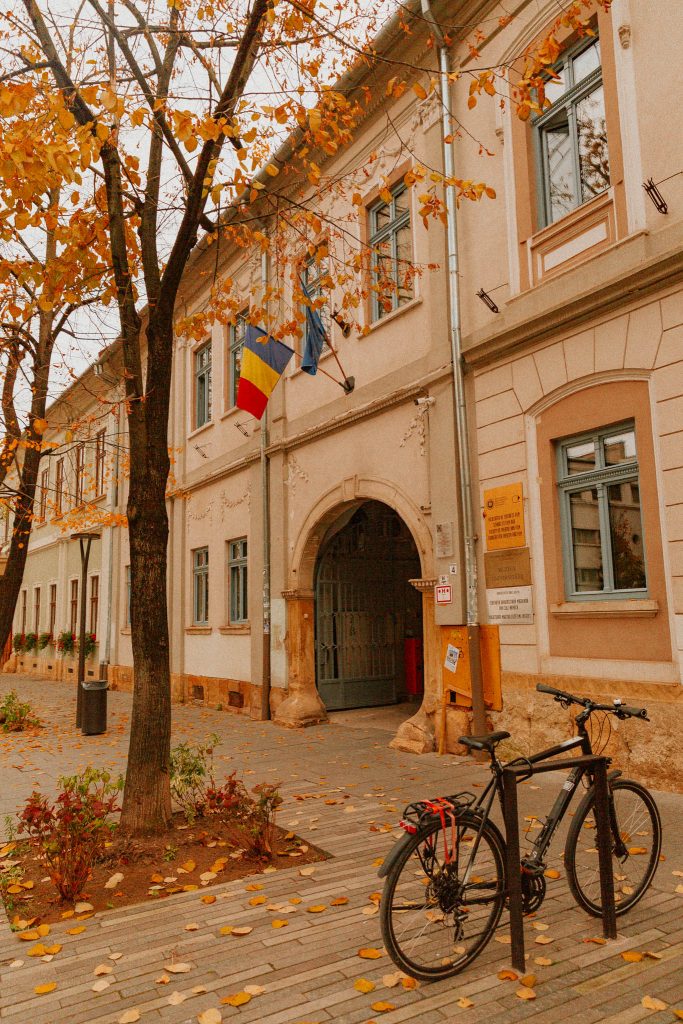
5. Fewer Tourist Crowds
We travelled through Transylvania in autumn – right over Halloween – and many of the towns and villages we stopped in were packed with visitors, especially around Bran Castle. Southern Transylvania is, without doubt, a magnet for tourists, and you’re more likely to meet fellow travellers than locals as you wander its streets.
Cluj-Napoca, on the other hand, offers a refreshing contrast. It’s a city that has all of Transylvania’s history (with its own dynamic twist), but still feels authentic and pleasantly free from the tourist crowds (for now, at least).
6. Visit Cluj-Napoca’s Botanical Garden
Opened to visitors in 1925, Cluj’s Botanical Garden is a lovely escape and one of the city’s prettiest green spaces.
Visit here to enjoy its vibrant rose garden, where more than 250 varieties bloom, and explore themed landscapes including a Roman garden and Japanese garden. The grounds also house a Botanical Museum, which is small, but perfectly formed.
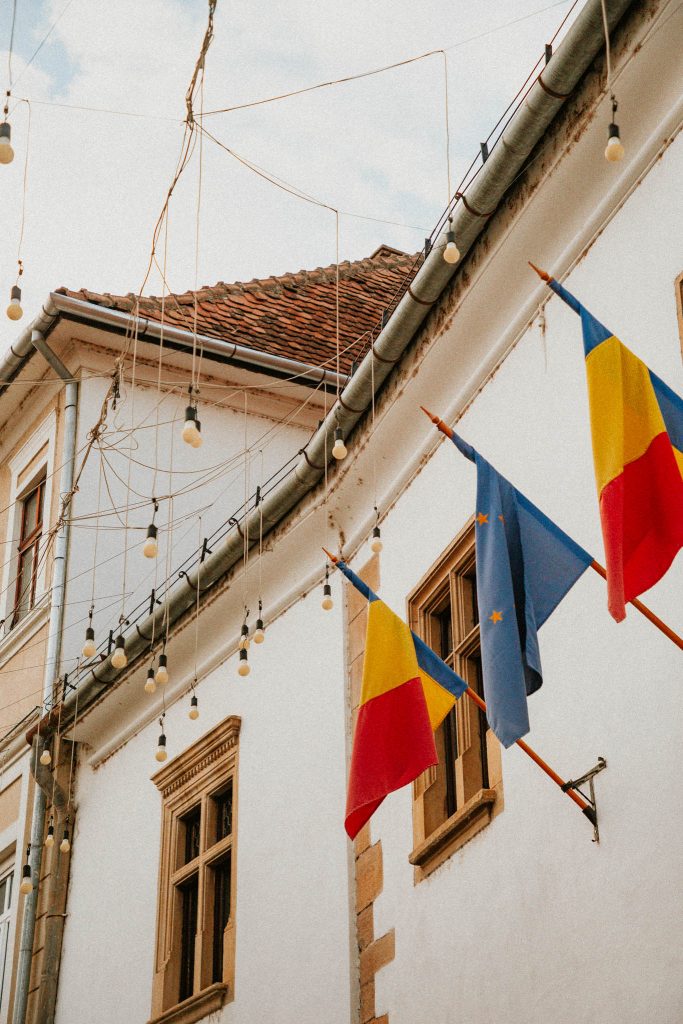
If you’re planning a romantic weekend in Cluj-Napoca, definitely stop by here.
The herbarium, belonging to the city’s university, is also located within the gardens. Containing a catalogue of over 700,000 specimens of plants, students flock here to undertake their research and access one of the largest archives of its kind.
7. The City Feels Very Safe
If you’re wondering – is Cluj Napoca safe to visit? – the answer is a resounding ‘yes’.
During our own short break in Cluj, we felt safe throughout – more so, perhaps, than even in Bucharest.
Cluj Napoca is generally considered one of the safest cities in Romania and most find (as we did) it to be welcoming and easy to explore. Violent crime is very rare and it’s generally a relaxed and friendly city.
The city has a large student population and walking around the historic centre, even after dark, felt comfortable. Of course, like anywhere, it’s always wise to follow basic travel common sense – stick to well-lit streets, keep valuables secure and be cautious if you’re venturing far from the centre late at night.
Otherwise, Cluj is a safe and enjoyable place.
8. Day Trips from Cluj-Napoca
Another reason why it’s worth visiting Cluj-Napoca is due to its great location. Within just a couple of hours, you can swap city streets for mountain trails, medieval towns and series salt mines.
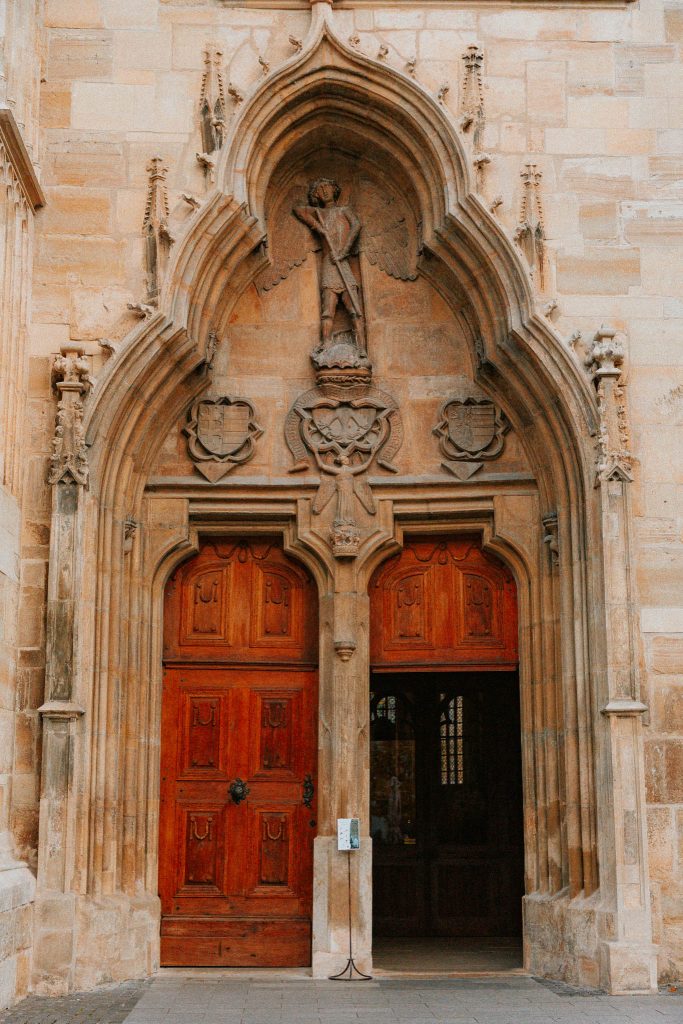
Here are a few suggestions for day trips from Cluj-Napoca:
Apuseni Mountains: this gorgeous mountain range is a paradise for hikers and nature lovers. Dotted with caves, waterfalls and quiet villages – it’s a very popular place for locals to visit.
Key places to visit include the famous Scarisoara Ice Cave, Bears’ Cave (Pestera Ursilor),Galbenei Gorges (Cheile Galbenei) and Vartop Cave & Glacier.
Turda Salt Mine (Salina Turda): just half an hour from Cluj-Napoca, this former salt mine has been transformed into a surreal underground attraction, complete with an amusement area, boat rides on an underground lake and spectacular cavern-like halls.
Alba Iulia: known as the ‘other capital’ of Romania, Alba Iulia is home to an impressive Vauban-style citadel and layers of Roman, medieval and modern history.
Sighisoara: if you don’t mind a longer day of travel, Sighisoara is well-worth a visit. We absolutely loved it here, especially exploring its medieval citadels (Europe’s best-preserved, in fact) at dusk.
Maramures: if you’re willing to get up early, head north to a land of wooden churches, rolling hills and ancient Romanian traditions. Maramures if Romania’s cultural homeland and a spectacular place to explore.
9. Autumn in Cluj-Napoca is Beautifu
When is the best time to visit Cluj-Napoca?
We visited Cluj in autumn and are so glad we did. In my opinion, this is easily the best season to experience the city (and Transylvania as a whole).
The crisp air and harvest festivals bring a special energy to Cluj, and the area is filled with red and orange leaves. Autumn also means fewer crowds compared to the height of summer, making it easier to enjoy the city’s museums and cafes.
In October, the city has that ‘new term’ energy and you’ll find pumpkins on every corner, alongside Halloween-themed nights at all the bars.
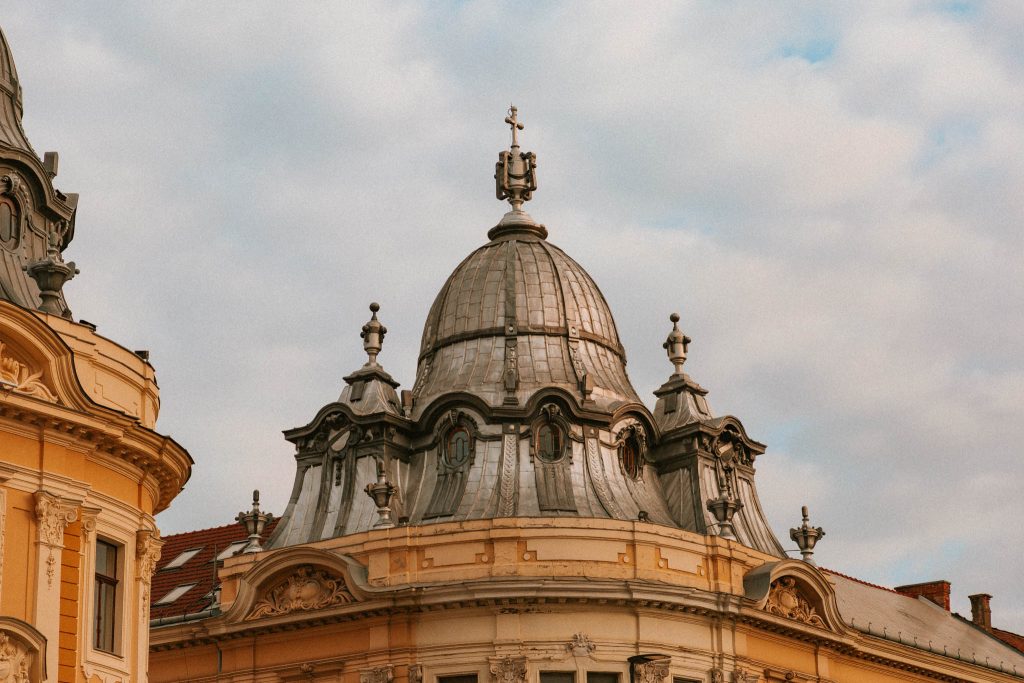
Is Cluj-Napoca Worth Visiting? What I Didn’t Like About this City
1. Lacks Transylvania’s Charm
I’ll be honest – when I first arrived in this city, my first thought (and fear) was that Cluj-Napoca wasn’t going to be worth our while.
We had just spent a week exploring the wood-smoke scented villages of Transylvania; walking the quiet, medieval streets of Sighisoara, Viscri and Brasov – surrounded by soaring mountains, dark forests and countryside lore.
In comparison, Cluj-Napoca was a sudden return to reality: a busy city, filled with all the modern-day traffic, crowds and thumping nightclubs that these villages were free of.
Cluj just seemed to lack the timeless, almost storybook quality that had defined the rest of our Transylvanian journey. While there were glimpses of history here and there – the main square, St. Michael’s Church, a few Baroque facades – they seemed a bit overshadowed by the sense of urban sprawl.
It wasn’t that Cluj was ugly – there’s lots to like about this city – it just instead felt more like a functional hub than a destination worth savouring.
In all honesty, and after being immersed in the slower pace and fairy-tale charm of rural Transylvania, Cluj seemed like a place to pass through, rather than a place to linger.

2. Overhyped as the Capital of Transylvania
Another reason why I would perhaps give Cluj-Napoca a miss is due to a bit of false advertising.
Indeed, the city is often declared the cultural and youthful ‘heart of Transylvania’, but I’m not sure it really lived up to this reputation. Guidebooks and travel blogs make it sound like a must-see highlight – the place where all that is Transylvania culminates – but in all honesty, it just felt like an ordinary European city.
Yes, it has universities, festivals and nightlife – but unless you’re here specifically for an event, we didn’t feel that there was much that set it apart. The energy was youthful, but not unique – and the cafes and bars could just as easily be in Bucharest or Budapest.
For a place carrying such a legendary title, Cluj-Napoca felt surprisingly underwhelming.
3. Not Worth A Long Trip (Limited Sights)
After a day or two in Cluj, you might find yourself running out of things to do (we definitely did).
The historic center is compact and while it has a handful of pretty landmarks – St. Michael’s Church and leafy squares – they can all be seen in a single afternoon. Beyond that, most of the ‘must-sees’ are either parks or viewpoints that, while pleasant, don’t quite justify a dedicated trip.
Unlike Brasov, Sibiu or Sighisoara, Cluj doesn’t offer an abundance of architectural treasures or immersive historic districts, and once you’ve walked the central streets, there isn’t much else going on.
Unless you’re using Cluj as a base to explore the surrounding Apuseni Mountains or smaller villages, the city itself feels more like a short stopover than a destination in its own right.
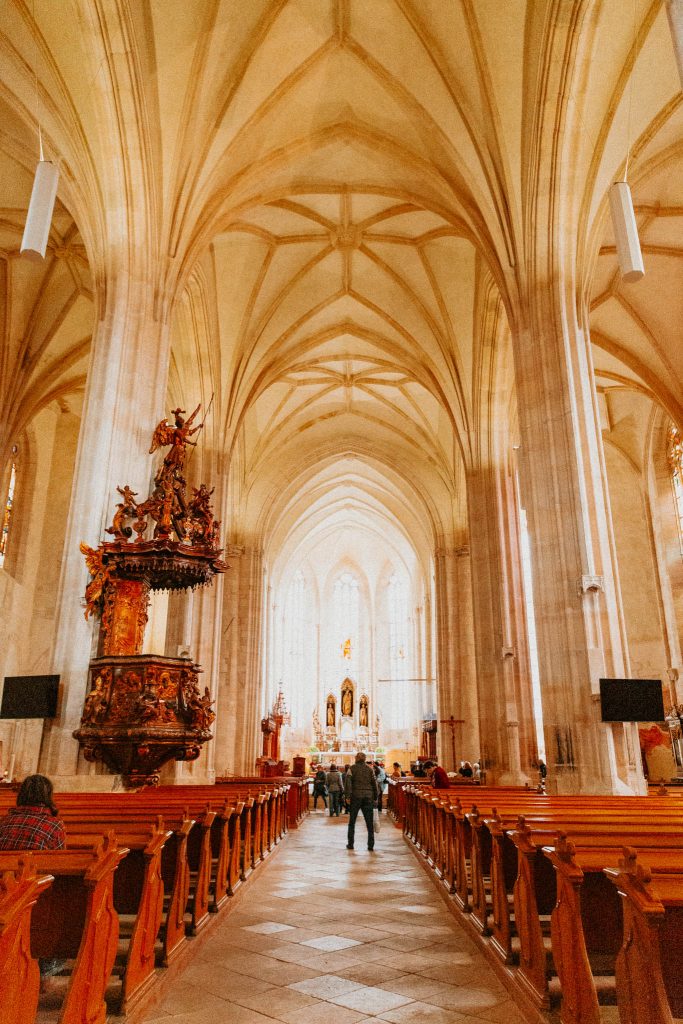
Is Cluj-Napoca Worth Visiting? Final Thoughts
So: do I think Cluj-Napoca is worth visiting?
There’s a lot to like about Cluj. The energy of its student population, its bohemian cafe culture and its role as a cultural hub, all give it a lively, modern atmosphere. It’s also a practical base for exploring the surrounding region or for catching a flight.
However, I would not go out of my way to make it a stop in Transylvania – unless I needed to. In my opinion, this city works best as a gateway rather than a destination. You can easily see the highlights in a day or so, but it lacks the magic and historic depth that perhaps define the other Transylvanian towns and villages.
In short: if you happen to be passing through, Cluj will definitely keep you entertained. But if you’re choosing between Cluj and somewhere like Sibiu, Brasov or Sighisoara, I’d save your time for the places that truly showcase the spirit of Transylvania.
